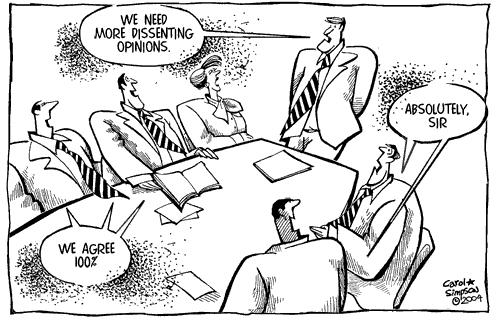 London: The global economy seemed to be on the mend when the
International Monetary Fund met for its spring meeting in Washington 10
years ago. Alan Greenspan had cut official interest rates in the US to 1
percent after the collapse of the dotcom boom and the world’s biggest
economy had responded to the treatment. Gordon Brown was Britain’s
chancellor of the exchequer (finance minister) and the country was in
its 12th year of uninterrupted growth.
London: The global economy seemed to be on the mend when the
International Monetary Fund met for its spring meeting in Washington 10
years ago. Alan Greenspan had cut official interest rates in the US to 1
percent after the collapse of the dotcom boom and the world’s biggest
economy had responded to the treatment. Gordon Brown was Britain’s
chancellor of the exchequer (finance minister) and the country was in
its 12th year of uninterrupted growth.Companies in the west were flocking to China now that it was part of the World Trade Organisation. The talk was of offshoring, just-in-time global supply chains and integrated capital markets. The expectation was that the good times would last for ever. No serious thought was given to the notion that total system failure was just around the corner. Faith in the self-correcting properties of open markets was absolute. When the crash duly came, a self-flagellating IMF confessed that it had been guilty of groupthink. Downside risks to the forecasts in its half-yearly World Economic Outlook (WEO) are now exhaustively catalogued.
Guess What ? NO END IN SIGHT!

Imagine, therefore, that in five years’ time the IMF is doing its postmortem on another period of global turbulence. What will it say were the warning signs missed during 2014? Here are five to be going on with.
The first will doubtless feature in the WEO due to be published on Tuesday: the global economy’s dependency on exceptionally low interest rates. Since peaking in the 1970s, the trough in interest rates has been lower in each subsequent cycle and they are now barely above zero. The second threat is a bond market crash as the world’s central banks try to return monetary policy to a more normal setting. Central banks are adopting a cautious approach to this process, with the Federal Reserve gradually reducing the amount of bonds it buys under the quantitative easing programme and the Bank of England using forward guidance to reassure borrowers that any increase in official interest rates will be modest and gradual.
Read More
Lots of Ideas Out There!
